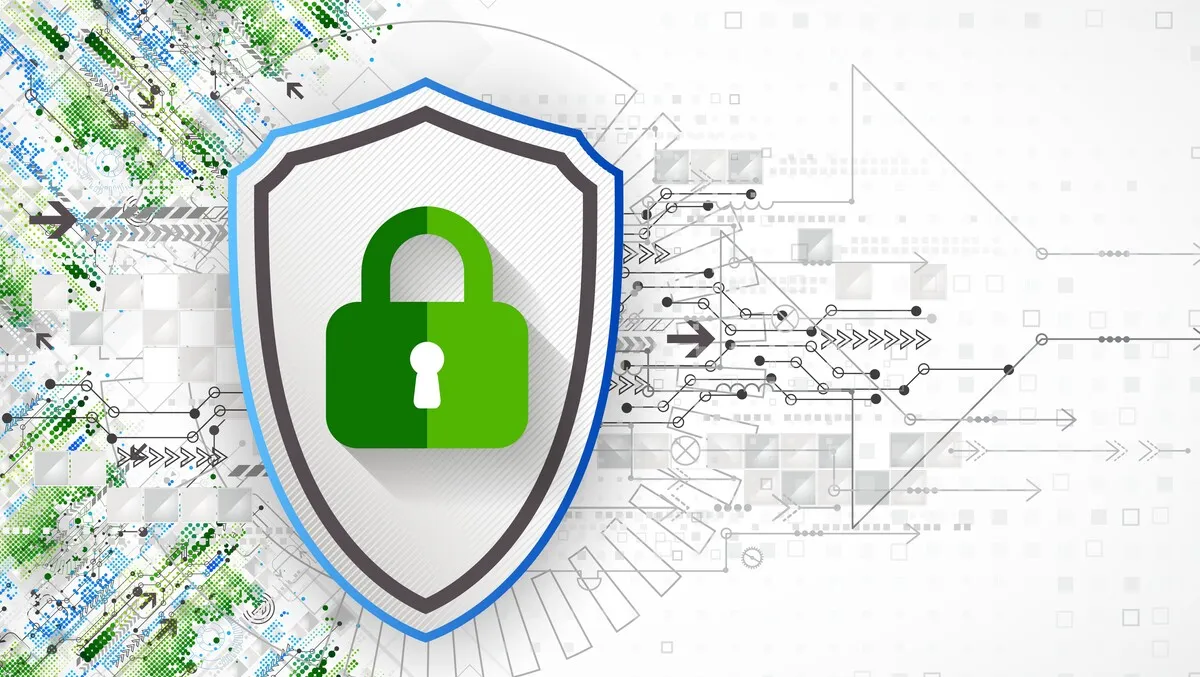
How the rise of the hybrid mesh firewall is revolutionising network security
The digital landscape is continually evolving, and with it comes an onslaught of increasingly sophisticated cyber threats. From complex, persistent attacks to stealthy attempts on non-traditional devices, cybercriminals are constantly refining their tactics.
Alongside these growing challenges, organisations are also grappling with the Internet of Things (IoT), which is embedding itself across most industries in a positive way, even if there are serious cybersecurity concerns associated with a greater number of connected devices collecting and transmitting data.
This is compounded by the demands of hybrid cloud computing and the newfound normalcy of remote work. This intricate ecosystem necessitates a fresh approach to cybersecurity: enter the hybrid mesh firewall (HMF).
Traditional security tools, particularly firewalls, cannot stand alone in this dynamic landscape. The HMF is an integrated collection of next-generation firewalls (NGFWs) that are fast becoming the new standard in enterprise IT security. Much like the rapid adoption of secure access service edge (SASE) and zero-trust protocols, the HMF is a response to the escalating complexities of hybrid networks and advanced cyberattacks.
HMFs are a game-changer because they span the network, from on-premises appliances to cloud-native and Firewall-as-a-Service (FWaaS) solutions.
This integrated system eliminates the pitfalls of disjointed firewalls and inconsistent security policies, which often leave dangerous gaps and vulnerabilities for cybercriminals to exploit.
Central to the HMF's advancements is its adaptability to navigate multi-cloud and hybrid data centre environments. Through a unified management console, it enables the automation of NGFW capabilities without redundant efforts or the need to re-create policies. The result is a robust security posture that's easy to manage.
As business leaders consider the shift to an HMF framework, it's essential to approach the transition with a strategic eye, including:
- Assessing the current firewall solutions in place to ensure they support essential functions like inline deep packet inspection, zero-trust enforcement, and secure SD-WAN. A unified and communicative network of firewalls, governed by a single management console, is foundational.
- Recognising that the continually expanding threat landscape necessitates firewalls backed by artificial intelligence (AI) and machine learning (ML). An AI/ML-imbued HMF can deftly classify threats and automate policy enforcement, drastically cutting down manual intervention.
- Ensuring that the HMF complements other security components like endpoint protection, secure access, and cloud security facilitating a holistic cybersecurity approach because, although powerful, a HMF is a single aspect of a larger security ecosystem.
- Looking for models that allow for scalability and dynamism. As the needs of the organisation change with evolving objectives, technologies, and threats, the ability to fine-tune firewall deployments without contractual constraints is invaluable.
- Leaning on third-party assessments to determine the effectiveness of potential HMF solutions, given the saturated cybersecurity market.
The transition to an HMF doesn't need an abrupt overhaul of entire cybersecurity systems. Instead, businesses should progressively understand their unique needs, securing buy-in from vital stakeholders. As cyberthreats and the security industry evolve in tandem, the HMF will undeniably shape the future of network protection. At the crossroads of innovation and cybersecurity, the HMF stands as a powerful tool in network defence, promising enterprises a fortified, agile, and holistic approach now and in the future.

